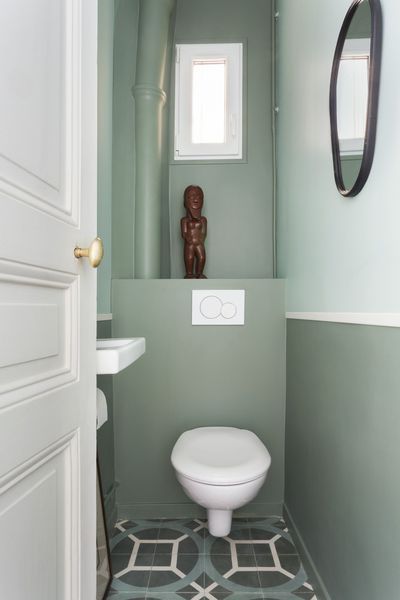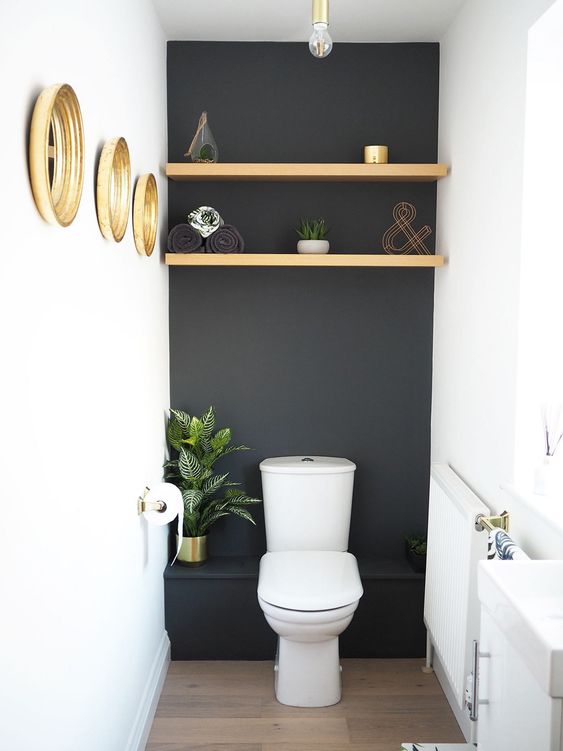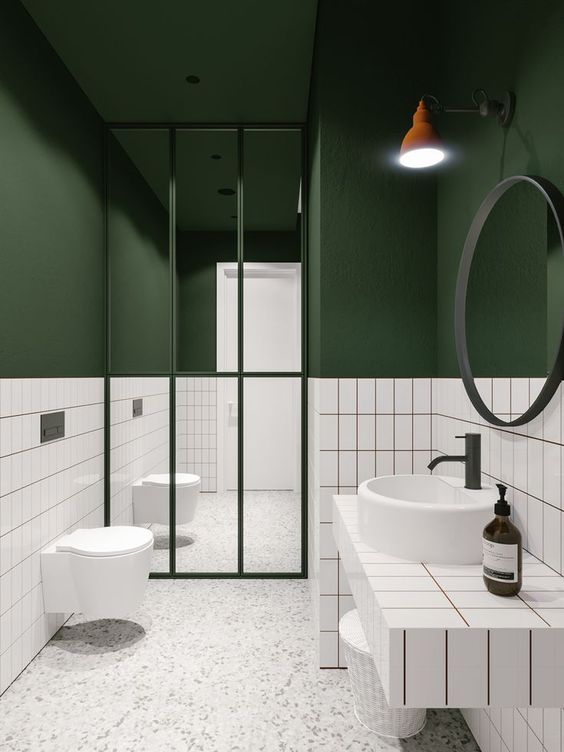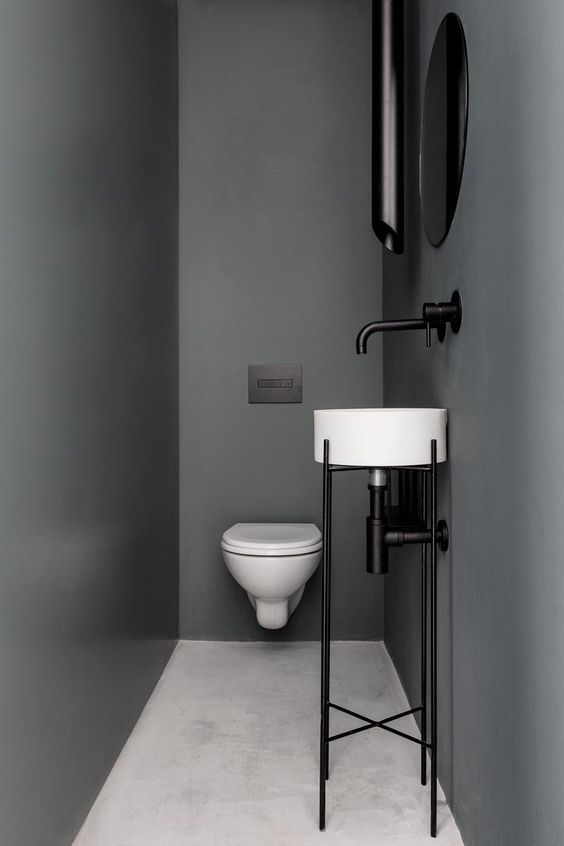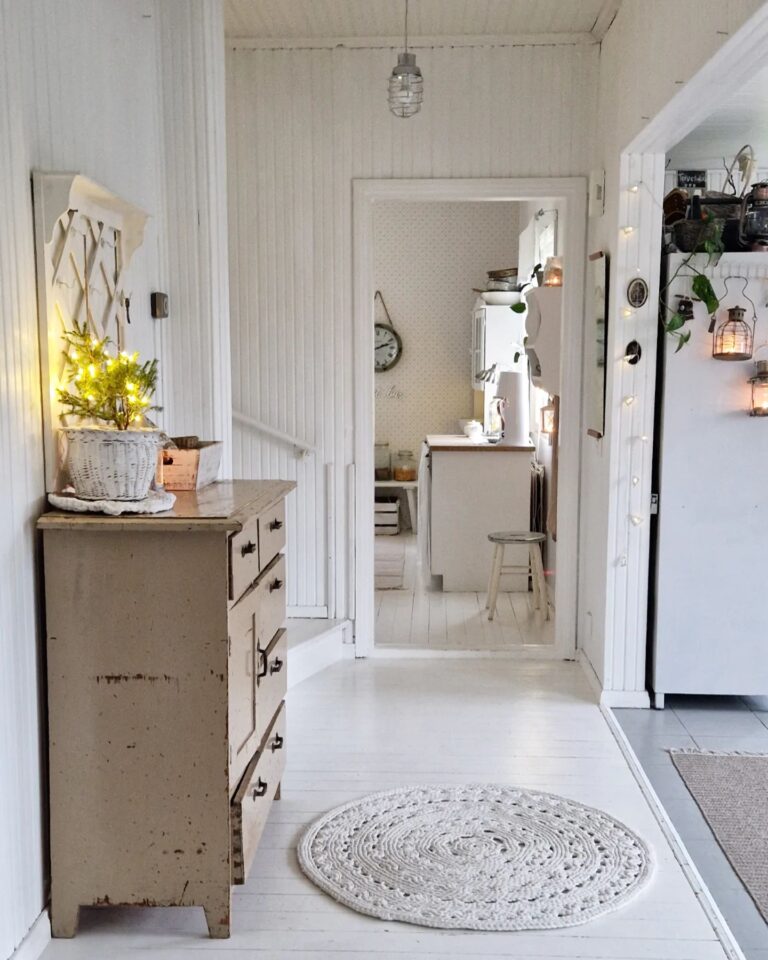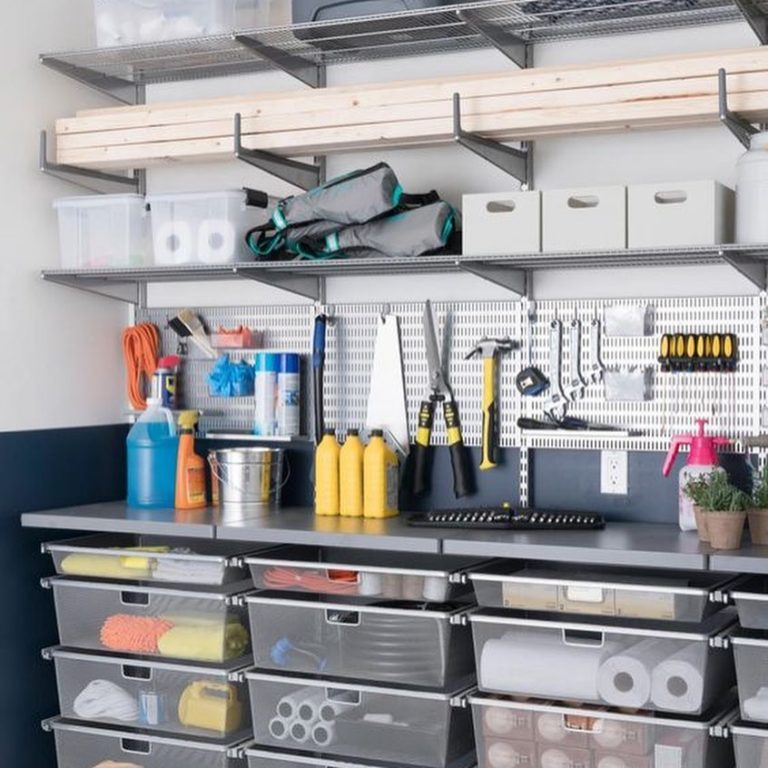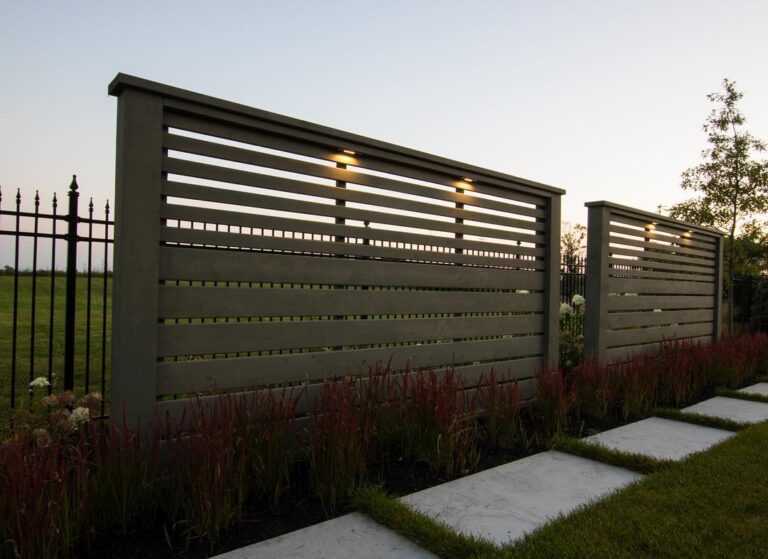Why the Toilet Ejector Pump Is Important for a Newly Built House
Toilet ejector pumps, also called sewage ejector pumps, are used in houses where the laundry room, the bathroom or all types of plumbing fixtures, in general, are located under the main sewage septic line for various reasons (geographical limitations or house design). Since the flow of wastewater depends on gravity because it contains high amounts of debris, plumbing systems which are positioned below the main sewer line require more complex design philosophies to ensure that waste can flow properly.
While not all houses with basements require ejector pumps, they are essential because they prevent toilets (especially), sinks and bathtubs from backing up due to an excess of wastewater. Here is why the toilet ejector pump is important for a newly built house.
The Purpose of Ejector Pumps and How They Work
Ejector pumps serve a vital role in the health and efficiency of any house’s plumbing system. Generally speaking, sewage ejector pumps are positioned in a sump basin that is dug in below grade ground. The sump basin can collect between 20 to 30 gallons of waste, depending on the complexity of the system and the size of the house. The drain lines, which should be attached to every single fixture from the house, run from said fixtures directly into the sump basin.
When the level of wastewater reaches a certain point (usually marked on the apparatus itself), the ejector pump will start automatically pumping the wastewater. The wastewater is transported out of the basin up to the ground level, and then neatly transferred to the sewer or a septic tank. Once the wastewater from the basin reaches ‘’normal’’ levels, the system turns off and it restarts the cycle of pumping when necessary.
As complicated as this might sound to the untrained eye, ejector pumps are basic, yet highly vital systems that all new homes should have, especially those constructed in newly developed residential areas that might not have the greatest of plumbing infrastructures. For an additional resource on the toilet ejector pump and not only, make sure to check out the linked article.
Ejector Pump Planning Considerations
As we have mentioned above, new houses, especially those constructed in recent residential areas, are more prone to experiencing major plumbing issues due to elements related to infrastructure. Some houses might not be properly connected to the communal sewage system, while others might have faulty and untested plumbing systems. This is why all new houses should be equipped with some sort of system which ensures that wastewater flows away from the domicile.
But before installing any sort of system that involves ejector pumps, there are some factors that you should take into consideration. First of all, you should consult your local building department, as different areas (whether we are talking about neighborhoods, counties, cities, states, etc) might have different building codes and permit requirements. In fact, any work that involves septic tanks and sewer lines requires a permit, and with good reason, because improper installation could result in serious health and safety hazards.
Size of Ejector Pumps and Price
Another thing you should consider before installing an ejector pump is the size that you will need. Since every plumbing system has its own specificities and quirks, the best way to approach this issue is by consulting with a specialist or a building inspector. But for the sake of discussion, an average sized house requires an ejector pump with a horsepower of ½ or ¾, and a storage capacity of between 30 to 50 gallons.
In terms of prices, a standard kit costs between $400 and $1000, again, depending on the nature and size of the project. What you have to remember here that it is wiser, and more cost effective on the long term, to go for the priciest ejector pump system that you can afford. The reason is simple – it costs more to repair a backing toilet or renovate a flooded basement than to prevent these issues from occurring.
For instance, the average cost of clearing laundry drains, kitchen and bathroom drains is about $150. The price surges to about $300 for a clogged toilet. Further on, while the costs vary depending on how ‘’clean’’ the wastewater is, clearing and repairing a flooded basement can cost between $500 and $5000, with the prices rising to $10000 when floor, ceiling, support beam and wall replacement is required.
Conclusion
While not all plumbing systems require ejectors to function properly, things are wholly different for newly built houses, which are more prone to experiencing plumbing problems. Furthermore, if you have just bought a new house and you are considering installing an ejector, make sure to plan accordingly and ask local departments any questions related to local construction laws and code. Do this, and you will save a lot of money on the long term by preventing plumbing accidents.



